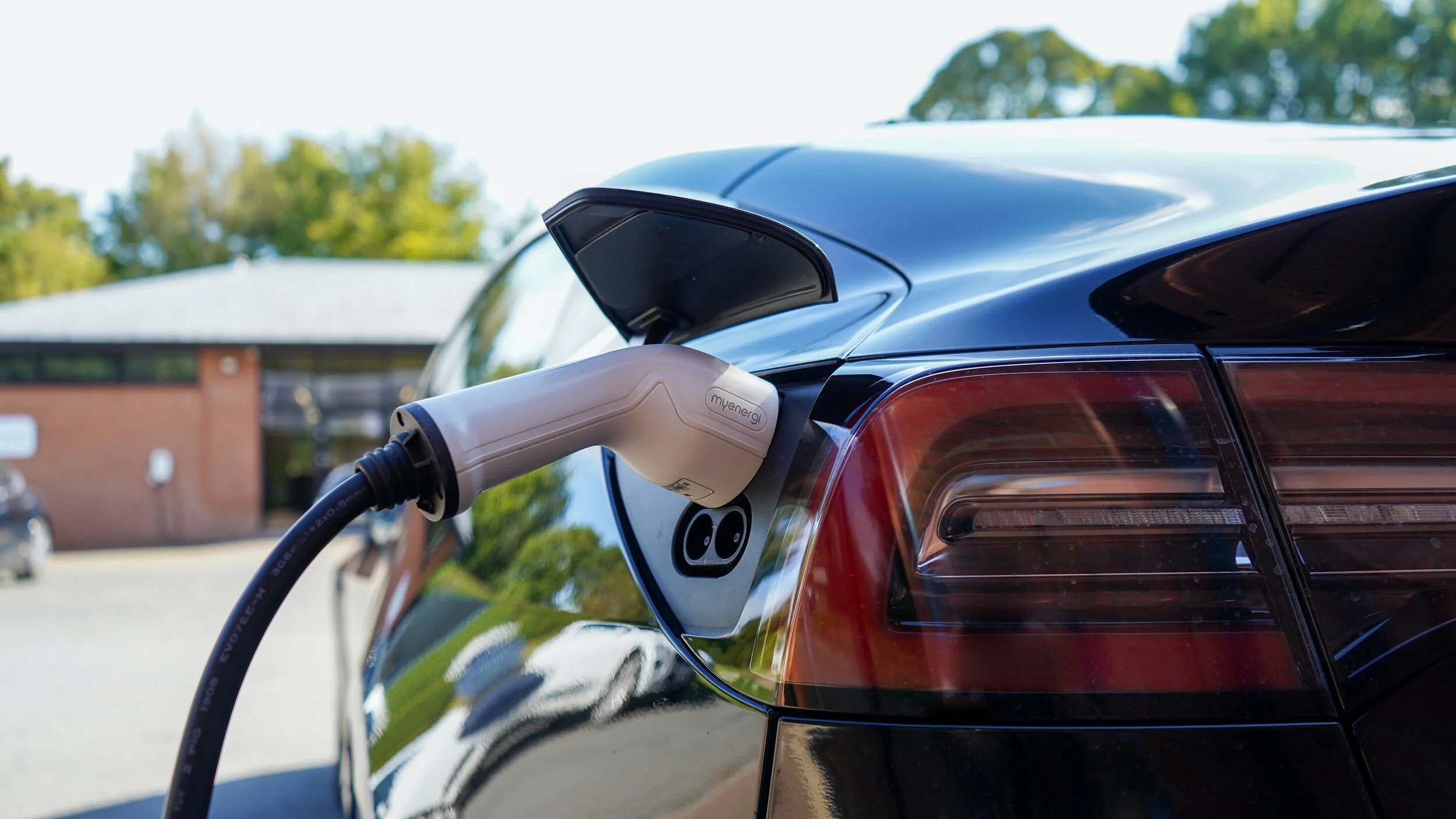Oregon Department of Transportation Publishes Study on Transportation Electrification Needs
The Oregon Department of Transportation published a new study this week, analyzing Oregon’s infrastructure needs to support increased transportation electrification. The Oregon Department of Energy was pleased to provide expertise as a member of the study’s project team.
Oregon set targets through Senate Bill 1044 to increase the number of light-duty zero emission vehicles on our roads, including 250,000 registered ZEVs by 2025, and at least 90 percent of new vehicle sales by 2035. With these ambitious targets, Oregon needs to ensure it has the charging infrastructure available to support electric fuel. ODOT’s “TEINA” study provides an overview of these needs and what it will take to ensure they are met over the next 15 years to reach our ZEV targets.
The study’s executive summary highlights six overarching ZEV infrastructure goals for Oregon moving forward:
Support rapid deployment of EV charging infrastructure in homes, along travel corridors, at work and fleet depots, at travel destinations, and in multi-unit dwellings.
Ensure EV charging infrastructure is equitable and accessible to all Oregonians (including all communities, income levels, and geographic locations)
Ensure the public charging experience is user-friendly, convenient, safe, and consistent.
Ensure that EV charging offers all consumers and fleets the benefit of lower electric fueling costs.
Ensure utilities are positioned for rapid expansion of EV charging statewide. Utilities must plan for and supply increasing demands for electricity while exploring resiliency in the event of power outages.
Develop foundational policies and provide resources to support community members, businesses, local governments, and tribes to build and benefit from a ZEV future, including educational and technical resources, EV-ready residential and commercial buildings, a skilled workforce, and increased support for micro-mobility solutions.
The report dives in to data and modeling, and proposes near-term policy priorities, such as targeting equity in charging, updating building codes and parking ordinances to make them ZEV-ready, developing and funding education and technical assistance program for charging, and for the State of Oregon to lead by example by installing charging at state buildings for employees and visitors.
Read more on ODOT’s website.
